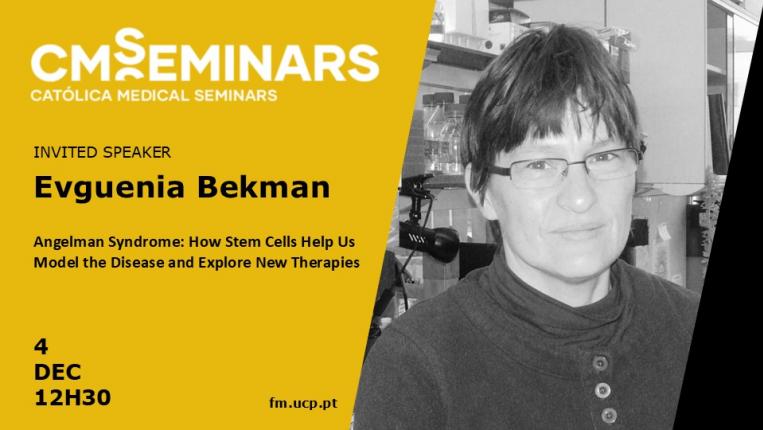This CU is of the modular type, subsequent of Digestion and Defense II CU and precedent of Ellective II CU. This unit offers more in-depth knowledge and new subjects covering aspects of thinking (e.g. psychological functions) and movement (e.g. disorders related to the motor system). Educational activities are divided into 4 disciplines: Movement, Neurology, Psychiatry and Ophthalmology.
Intended learning outcomes (knowledge, skills and competences to be developed by the students)
- obtain neuroscientific knowledge that enables them to have an integrative view of the nervous system, facilitating the acquisition of clinical skill and knowledge;
- recognize the basic aspects of behavior (emotion, learning, motivation, cognition and memory) and on the dysregulation of these processes;
- train differential diagnosis based on symptoms and pathophysiological mechanisms in the areas of Orthopedics, Neurology, Ophthalmology and Psychiatry;
- train communication and academic and scientific skills;
- encourage and train reflection;
- reflect about international differences in diseases and health.
Syllabus
Movement and Neurology
- Anatomy of the spinal column, spinal cord, nerve roots and trunk muscles -Stature of the column and age changes
- Bone homeostasis
- Lower back problems
- Shoulder anatomy and function
- Anatomy and vascularization of the brain
- Stroke
- Anatomy of primary sensory and motor pathways systems
- Pain
- Examination of the cervical, thoracic and lumbar spinal column, and shoulder
Psychiatry
- Emotion, learning, motivation, behavior
- Cognitive development, healthy and pathological ageing
- Stress and the stress-system
- Anxiety, depression, dementia
- Mental sate examination and psychiatric history taking
Ophthalmology
- Anatomy of the eye and adnexa’s
- Physiological optics
- Lens dysfunctions
- Reception and conduction of visual stimuli
- Visual impairment: cataract, glaucoma and macular degeneration
- Vision examination
Other
- Ethics: early diagnostics and preventive treatment
- Epidemiology: prognostic research
- Occupational health
- Social media.




